Luis Hernan was always curious about how wireless technologies like radio are transmitted through the air. So after finishing up his studies in architecture, computer science, and design, Hernan decided to research these invisible signals through a PhD at Newcastle University. Hernan set up a system that turned the wireless signals around him into colourful, ghostlike images using long-exposure photography, allowing people to see the strength of the signals around them.
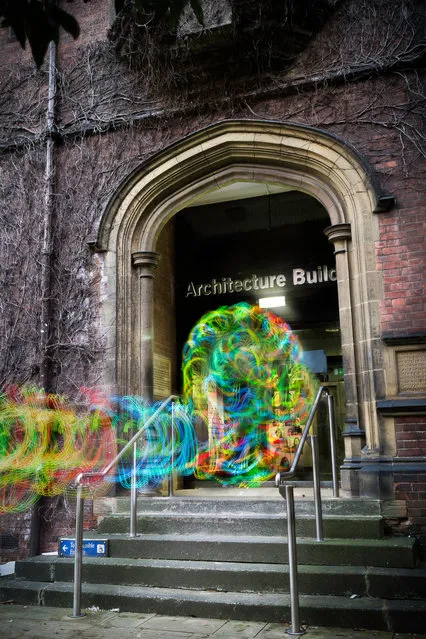
Hernan's thesis says there are different ways in which we can see or imagine different technologies. (Photo by Luis Hernan)
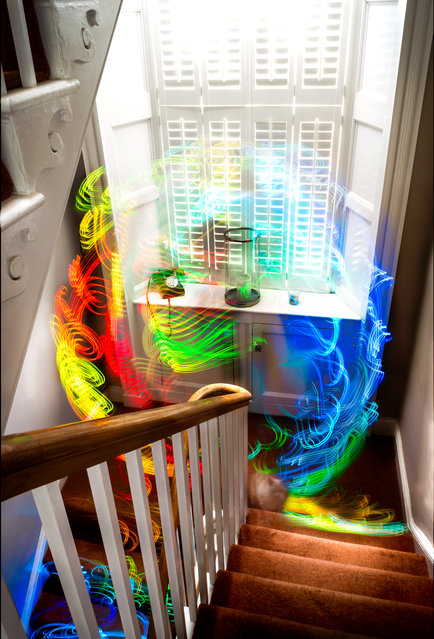
His goal with the project is to make the invisible visible. (Photo by Luis Hernan)
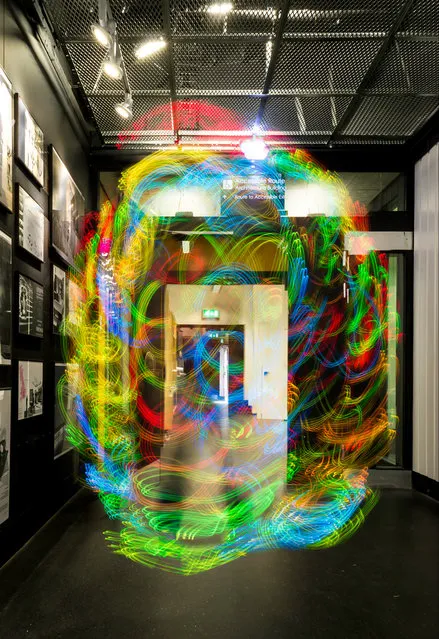
The first thing Hernan did was create a device that measures the signal strength of Wi-Fi and translates it to a sort of heatmap of colours. (Photo by Luis Hernan)
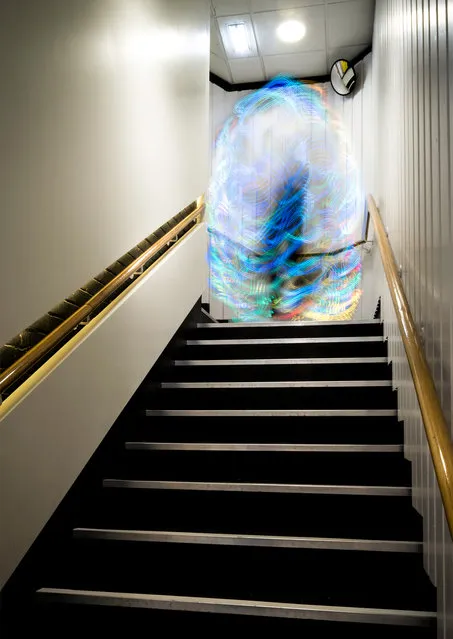
So red represents the strongest signals and blue represents the weakest. (Photo by Luis Hernan)
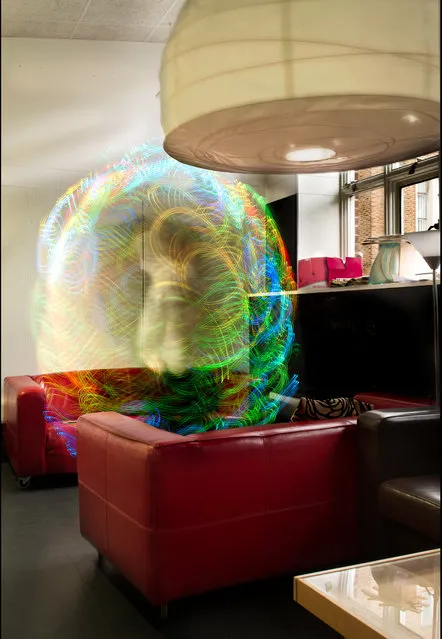
The device works similarly to your smartphone or computer, as it detects nearby Wi-Fi and lets you know how many bars of strength it has. (Photo by Luis Hernan)
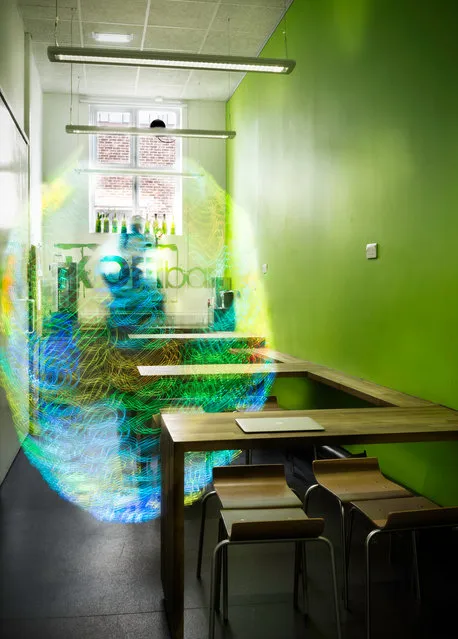
Then he used long-exposure photography to capture the ghostly images of the colourful Wi-Fi signals. (Photo by Luis Hernan)
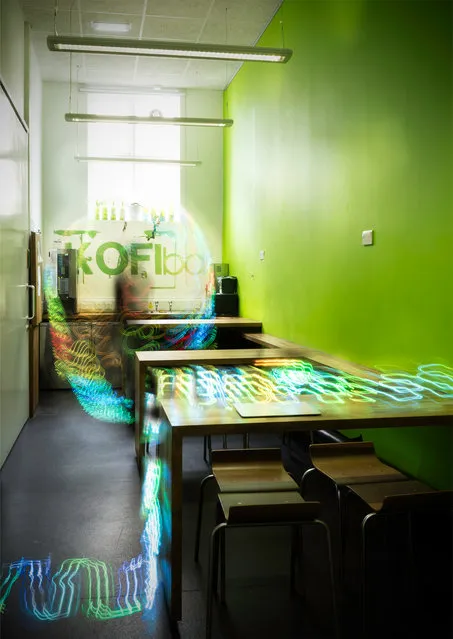
He makes different shapes by moving his device in different ways across the scene he's capturing. (Photo by Luis Hernan)
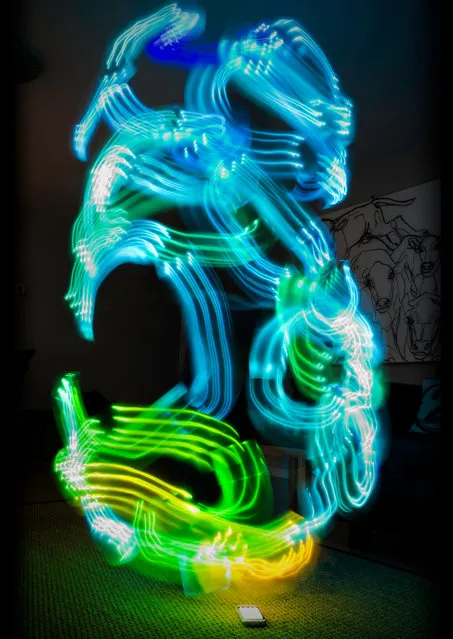
He'll move the device around his body to see how the signals interact with it. (Photo by Luis Hernan)
13 Aug 2014 09:38:00,
post received
0 comments
